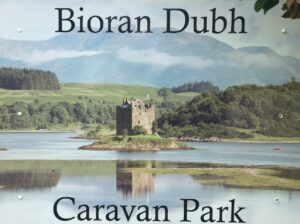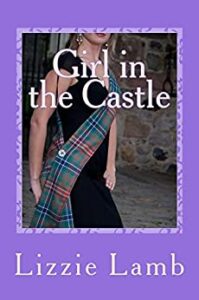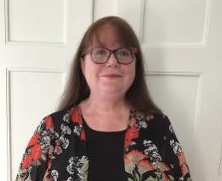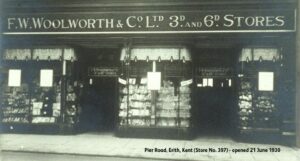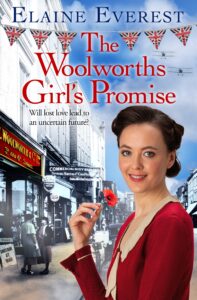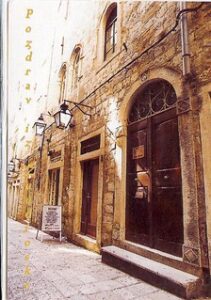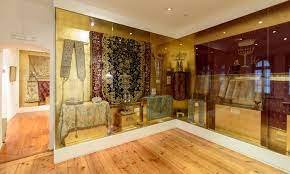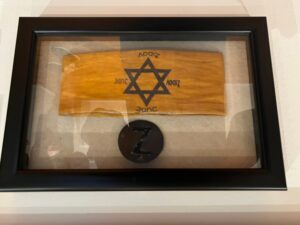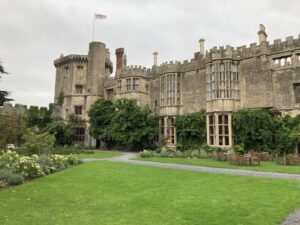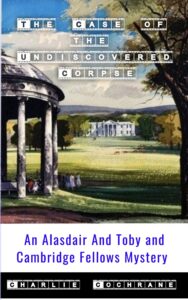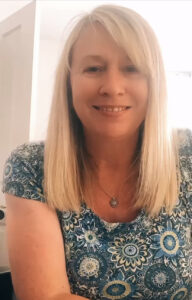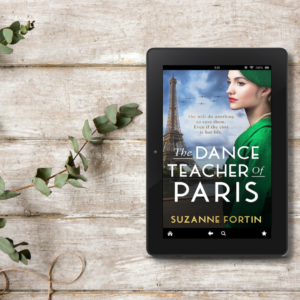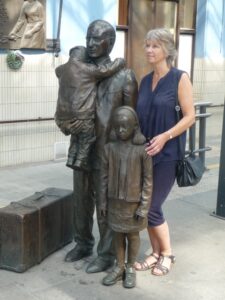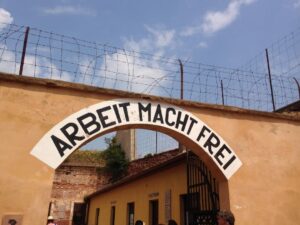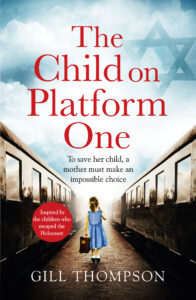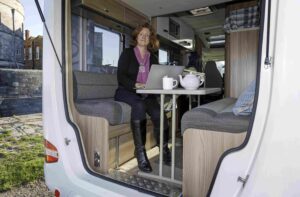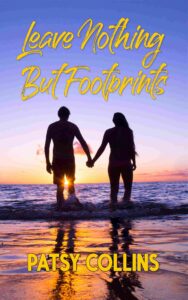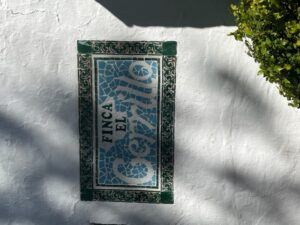 I have just returned from a third fabulous week of writing led by one of my favourite authors, Rosanna Ley, in one of my favourite places, Finca el Cerrillo in the mountains north of Malaga. My first was in February 2020 then, courtesy of Covid there was a gap before I returned in March 2022 and again this year.
I have just returned from a third fabulous week of writing led by one of my favourite authors, Rosanna Ley, in one of my favourite places, Finca el Cerrillo in the mountains north of Malaga. My first was in February 2020 then, courtesy of Covid there was a gap before I returned in March 2022 and again this year.
So why do I keep going back? And if you are looking for a writing retreat, or writing holiday, as Rosanna calls them, what might help you to decide which one to choose?
The first year I went my objectives were quite broad; I had a contract with a small publisher but was desperate to break into the mainstream, so I wanted to hone my skills, find inspiration for ‘the book with the hook’, and pick Rosanna’s brains about where my writing career might take me.
On every level, the retreat worked for me. Every morning, after a hearty breakfast and an optional walk through the finca’s olive grove, we met in the light and airy classroom for a themed session aimed to both inspire us and improve our skills. There were people at every stage of their career and Rosanna managed the sessions cleverly so we all got something out of it. Topics ranged from beginnings and endings, to writing dialogue, and short stories so there is plenty to get your teeth into, whether you are writing a novel or not.
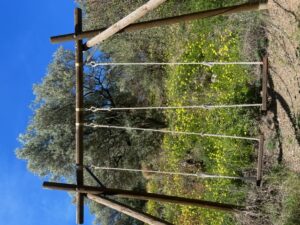 After that, the day is your own to write, relax, or chat to other participants. One-to-one sessions with Rosanna are offered, including feedback on your writing, which is always detailed and incredibly valuable. Everyone meets in the dining room or on the terrace for lunch, and part of the whole joy of the week is making connections with other writers. In fact, simply having time to be a writer, with no distractions, was a revelation in itself.
After that, the day is your own to write, relax, or chat to other participants. One-to-one sessions with Rosanna are offered, including feedback on your writing, which is always detailed and incredibly valuable. Everyone meets in the dining room or on the terrace for lunch, and part of the whole joy of the week is making connections with other writers. In fact, simply having time to be a writer, with no distractions, was a revelation in itself.
Towards the end of the afternoon is a feedback session where we could read a piece of our work for comment by the group. I had never done this before but soon lost my fear as the other participants were so constructive and helpful.
A couple of evenings we had dinner at a local village, but otherwise ate at the finca, where the food is excellent. There is always some sort of entertainment; a quiz night, group singing, dancing, party games… and on the last night the finca tradition of desert island discs, where we have to guess who from the group chose a particular song.
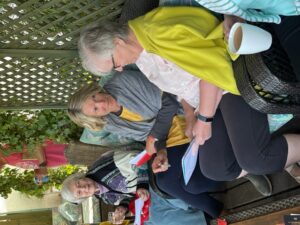 All of this goes to form strong bonds, and after my first retreat, when we were plunged into lockdown so soon afterwards, we kept in touch via Zoom. This year we have a WhatsApp group instead. Time marches on.
All of this goes to form strong bonds, and after my first retreat, when we were plunged into lockdown so soon afterwards, we kept in touch via Zoom. This year we have a WhatsApp group instead. Time marches on.
Rosanna is very flexible in her approach, and this year arranged things so that those of us who wanted to focus on a particular project could leave the morning sessions early, and as a result my wordcount went through the roof. I was bashing out the first draft of my summer 2024 Eva Glyn novel and when I wasn’t at my laptop took invigorating and mentally stimulating walks around the olive grove between scenes, or when I needed to unknot a thorny problem.
Because of the way the week is structured it is quite genuinely suitable for everyone from absolute novice writers to published authors. And Finca el Cerrillo is a little piece of heaven on earth. At the time of writing Rosanna has a place or two left on this June’s retreat, and is taking expressions of interest for next year. I hope to see you there!
For more information, visit Rosanna’s website: https://rosannaley.com/writing-retreats-events

